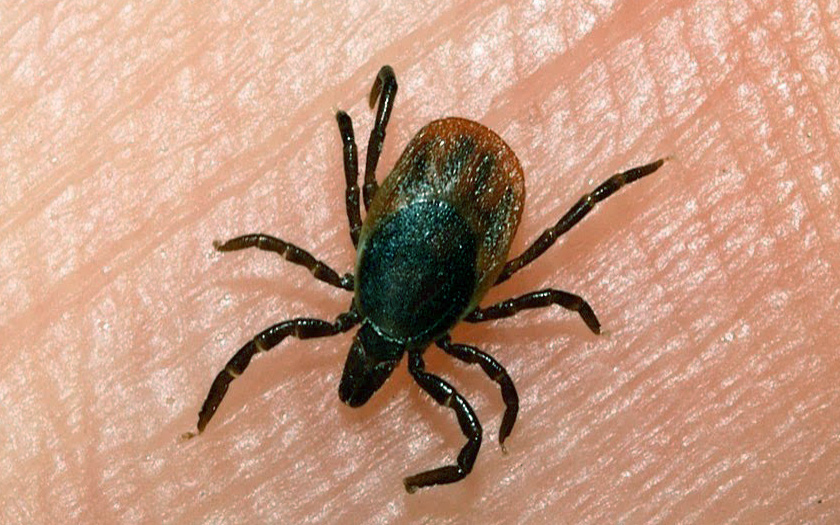
Ticks are part of the arachnid family along with mites that are considered blood sucking external parasites. Just like spiders they have 8 legs. Ticks can’t jump or fly. They wait by holding on to a leaf or blade of grass until an appropriate host brushes by. Then they quickly crawl on and search for a place to feed on the host usually around the ankles or ears.
The fossil record suggests ticks have been around at least 90 million years. There are over 800 species of ticks throughout the world.
Depending on the type of tick, females can lay up to 3000 eggs. Most species leave the host for molting and or completing a stage in their life cycle and come back for more blood.
Ticks can harbor more than one disease at any given time, however that does not mean you will get ill from a tick bite. If you spot a tick on yourself or a pet be careful on how you remove it. Ticks bury their heads into the skin. If you use a tweezer you need to carefully grip the head without squeezing too hard to prevent the tick from regurgitating back into the skin. Some suggest freezing the tick off with medical wart remover.
Ticks get in the home by way of hitchhiking in on pets, people or on clothes.
Treatment for ticks is not the same as for fleas. If you suspect a tick infestation, call Hart’s Extermination for the safest treatment.







